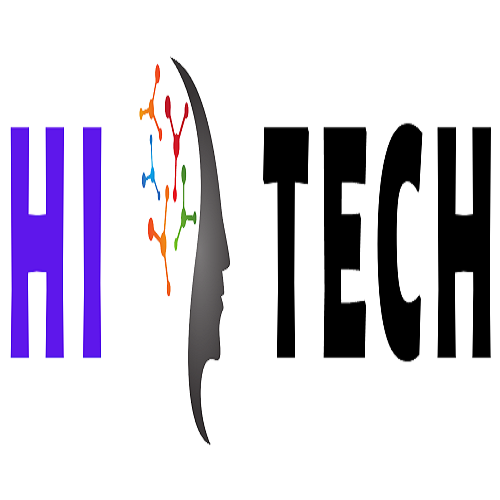Introduction
As
the world becomes more digitally interconnected, there has been a growing
demand for faster and more reliable communication networks. 5G technology is
the latest innovation in wireless communication that promises to deliver faster
internet speeds, lower latency, and greater connectivity. This article will
explore the basics of 5G technology, how it works, and the potential impact it
may have on our daily lives.
What is 5G Technology?
5G
technology is the fifth generation of wireless communication technology that
provides high-speed data transfer and low-latency connectivity to mobile
devices. It is an upgrade from the 4G technology that is currently used by most
cellular networks around the world. The primary goal of 5G technology is to
enhance communication speed, improve network reliability, and increase the
number of connected devices.
How does 5G Technology Work?
5G
technology operates on a higher frequency band compared to 4G technology. While
4G technology uses frequencies below 6 GHz, 5G technology operates on
millimeter-wave frequencies ranging from 30 GHz to 300 GHz. These higher
frequencies offer much faster data transfer rates than 4G, but they have
shorter wavelengths, which means they have a shorter range.
To
overcome the shorter range, 5G technology uses small cell networks that are
installed closer together than 4G networks. Small cells are low-power base
stations that transmit and receive wireless signals within a range of a few
hundred feet. This means that 5G technology requires more small cells than 4G
technology, which translates to more infrastructure costs for cellular network
providers.
Benefits of 5G Technology
Faster
Internet Speeds - One of the most significant benefits of 5G technology is
faster internet speeds. With data transfer rates of up to 10 Gbps, 5G
technology can deliver download speeds that are 10 to 100 times faster than 4G
technology. This means that users can download movies, games, and other large
files in seconds instead of minutes.
Lower
Latency - Latency refers to the delay between a device sending a request and
receiving a response. With 5G technology, the latency is expected to be reduced
to less than 1 millisecond. This means that users can expect a more responsive
internet experience, which is particularly important for applications like
online gaming and virtual reality.
Connected Devices
More
Connected Devices - With 5G technology, it is expected that more devices will
be able to connect to the internet at the same time. This is due to the
increased network capacity that 5G technology provides. This will allow more
devices to connect to the internet without affecting network performance.
Reliability
Improved
Reliability - 5G technology is designed to provide greater network reliability
than 4G technology. This is achieved through the use of small cells and other
network infrastructure that can quickly and easily identify and fix network
issues.
Potential Impact of 5G Technology
Smart
Cities - With 5G technology, it is expected that more cities will become
"smart cities." Smart cities use advanced technology and
communication networks to improve city services, such as public transportation,
public safety, and waste management. With 5G technology, smart cities can
become more efficient and effective at delivering these services.
Healthcare
- 5G technology has the potential to revolutionize healthcare by enabling more
remote medical services. For example, doctors and nurses can use telemedicine
to remotely diagnose and treat patients in real-time. This will be particularly
important for patients in rural or remote areas who may not have easy access to
medical facilities.
Autonomous Vehicles
Autonomous
Vehicles - 5G technology can improve the performance of autonomous vehicles by
enabling faster and more reliable communication between vehicles and
infrastructure. This will improve the safety and reliability of autonomous
vehicles and pave the way for more widespread adoption of this
Internet of Things (IoT)
Internet
of Things (IoT) - The Internet of Things refers to the growing network of
devices that are connected to the internet. With 5G technology, it is expected
that more devices will be able to connect to the internet at the same time,
which will enable the growth of the IoT. This will enable the development of
smart homes, smart cities, and smart factories, where all devices are
interconnected and can communicate with each other.
Entertainment
Entertainment
- 5G technology has the potential to revolutionize the entertainment industry
by enabling new types of content, such as augmented reality and virtual
reality. These technologies require high-speed internet connectivity and
low-latency communication to work effectively, which 5G technology can provide.
Challenges of 5G Technology
While
5G technology offers many benefits, there are also several challenges that need
to be addressed. The installation of small cell networks requires a significant
investment by cellular network providers, which can take years to recoup.
Another
challenge is the limited range of 5G technology. Higher frequency bands have a
shorter range, which means that more small cell networks are required to cover
the same area as a single 4G tower. This can make it more difficult and
expensive for cellular network providers to provide coverage in rural and
remote areas.
Conclusion
5G
technology is an exciting development in the world of wireless communication
that promises to provide faster internet speeds, lower latency, and greater
connectivity. While there are challenges that need to be addressed, the
potential benefits of 5G technology are significant, from enabling the growth
of the IoT to revolutionizing healthcare and entertainment. As cellular network
providers continue to invest in the infrastructure required for 5G technology,
it will be interesting to see how it will transform our daily lives in the
years to come.










0 Comments